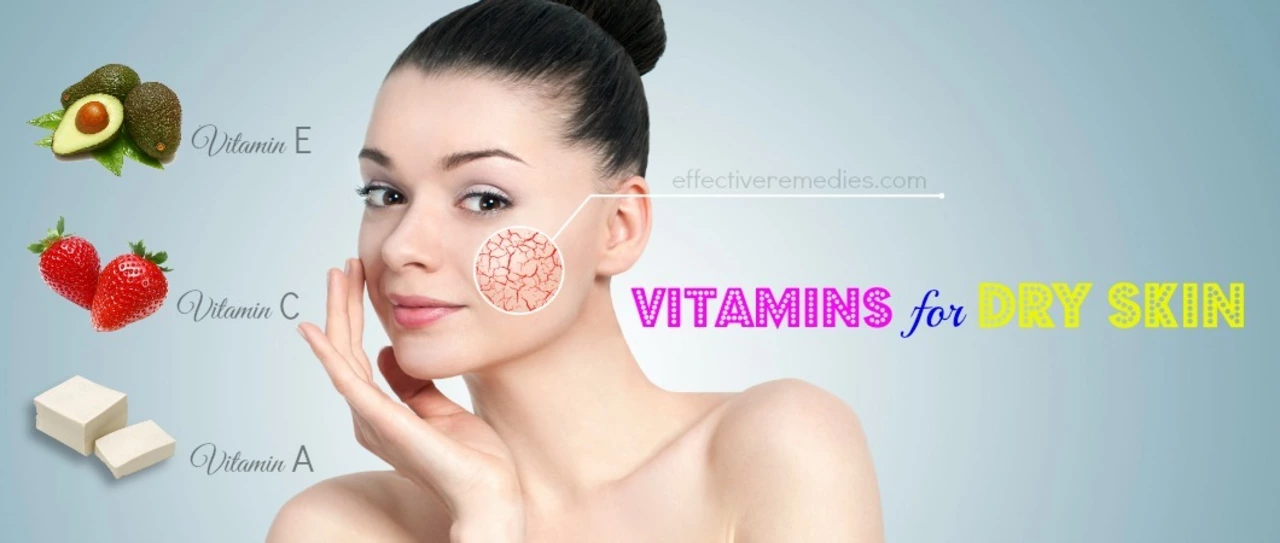Vitamin E: Benefits, Sources, Dosage, and Safety
Vitamin E is a group of fat-soluble compounds that act as antioxidants in your body. You probably know it from skincare creams and supplements, but it also supports immune health, protects cells from damage, and helps keep skin and eyes healthy. This page gives clear, practical info on what vitamin E does, where to get it, how much to take, and safety tips.
Sources
Food sources are the best place to start. Sunflower seeds, almonds, hazelnuts, spinach, avocado, and wheat germ are high in vitamin E. Cooking with vegetable oils like sunflower, safflower, or wheat germ oil adds vitamin E to your meals. Whole foods deliver other nutrients too, so they’re preferable to supplements when possible.
Safety & Dosage
How much do you need? For adults, the recommended daily allowance of vitamin E (as alpha-tocopherol) is 15 mg per day. Pregnant people need the same amount; breastfeeding people need 19 mg daily. Kids need less depending on age. Most people can meet needs through a balanced diet, but some groups may need extra: people with fat absorption problems, certain digestive disorders, or those on low-fat diets.
Supplements come in several forms. Alpha-tocopherol is the most common. Natural vitamin E often appears as d-alpha-tocopherol, while synthetic forms are listed as dl-alpha-tocopherol. Natural forms are better absorbed. Typical supplement doses range from 100 to 400 IU, but high doses can be risky. Don’t assume more is better.
Vitamin E and medications: Pay attention if you take blood thinners like warfarin (Coumadin). High vitamin E doses may increase bleeding risk. Also check interactions with chemotherapy, some statins, and certain herbal products. Tell your doctor or pharmacist before starting supplements, especially if you take prescription meds.
Topical vitamin E is popular for scars and dry skin. Evidence is mixed: some people see benefits, others get irritation or allergic reactions. If you try a topical product, test a small skin patch first. Use topical products as directed and stop if you get redness, itching, or swelling.
Too much vitamin E can cause problems. Side effects of high-dose supplements include nausea, headache, fatigue, blurred vision, and increased bleeding risk. The upper limit for adults is 1,000 mg per day from supplements—far above typical dietary amounts—so stick to recommended doses.
Signs of deficiency are rare but can include muscle weakness, coordination problems, and nerve damage. Deficiency is more likely in people with conditions that impair fat absorption or in premature infants.
If you’re unsure whether you need a supplement, ask a healthcare provider. A simple blood test can check vitamin E levels. For most people, focusing on nuts, seeds, leafy greens, and healthy oils gives enough vitamin E without the risks of high-dose supplements.
Quick tips: read supplement labels for 'd-alpha-tocopherol', avoid taking more than recommended unless a doctor tells you, and combine supplements with meal that has fat to help absorption. If you take warfarin or have surgery planned, stop high-dose vitamin E and talk to your clinician. Changes in diet go a long way.

The Role of Vitamin E in Healing Abrasions
In my latest blog post, I discussed the important role of Vitamin E in healing abrasions. I found out that this essential nutrient helps speed up the healing process by promoting cell regeneration and fostering a healthy immune response. Additionally, Vitamin E has antioxidant properties that protect our skin from damage caused by free radicals. I also shared some tips on how to incorporate more Vitamin E-rich foods into our diets and the option of using topical creams for better wound care. Overall, including Vitamin E in our daily lives can make a significant difference in the healing of abrasions and maintaining skin health.
Read more